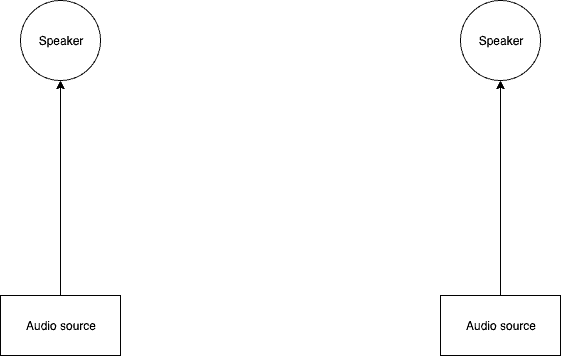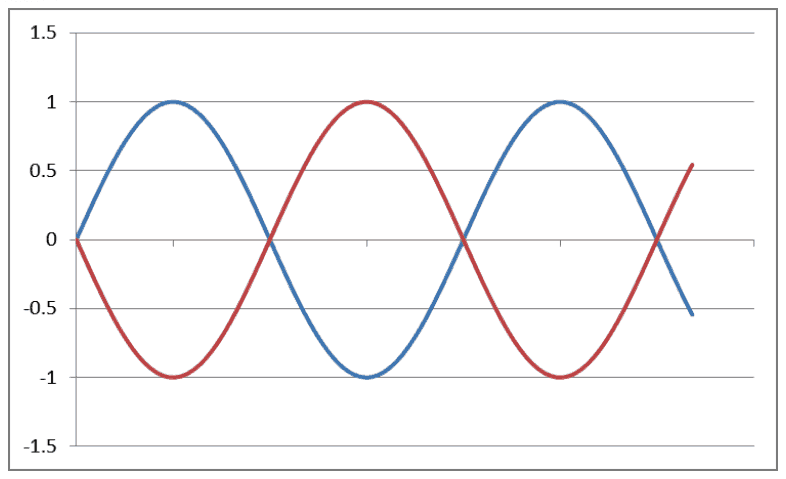The main difference between mono and stereo audio has to do with the number of channels, or sources, of audio. A mono signal has only a single channel, or source, whereas a stereo signal is comprised of two channels.



Take at look at Ex. 2…despite the fact that we are using two speakers, we are still feeding those speakers from a single source. The audio coming out of each speaker is an exact duplication of what is coming out of the other.
This diagram goes to show that it’s not the number of speakers you are using that defines stereo vs. mono, but rather the number of sources.
The purpose of a stereo image is to replicate our own binaural perception of sound…two ears, two sources. Our brain interprets the slight differences in the time at which sound reaches one ear and then the other, and it decodes that nearly imperceptible time difference into direction, perspective and space, allowing us to create a sonic field within which to place objects. Running our electronics in stereo opens up the possibility of working with sound localization.
Often I find groups running their electronics in mono, and one of the first things I do when re-organizing a band’s setup is to ensure that all electronic audio is set up to be run in stereo. Why would I do this? Well, to begin with, if the audio was originally intended to be run in stereo, but is squashed to mono, then there’s a high chance of phase cancellation between the left and the right side.
Complete phase cancellation occurs when two waveforms are cycling 180º opposite each other (see Ex. 4), but phase cancellation can happen to less extreme degree as well, and can cause your audio to sound thin, flat, and weak.

Another reason to use stereo is that, for many sources of audio, it simply will sound better. A synthesizer that is running through a stereo reverb and a stereo delay can still be sent to the mixer through the L/Mono out jack, but we’ll lose all that nice stereo width we get from the effects.
So when should you use Stereo?
As mentioned above, it’s always a good idea to use stereo when working with electronics. If the signal is in mono, no harm no foul, the two duplicate sides of the audio are sent to the speakers. But if it’s a stereo signal being squashed to mono, we’ll likely get some negative effect happening that will cause our audio to not sound as full as it should be.
When do you use Mono?
There are some signals which should be mono, however. Subwoofers should typically be in mono because, broadly speaking, most sound systems are set up for single-channel subwoofer playback systems.
It’s also ok to use mono channels when sending monitor mixes to performers…it’d be a real pain to set up two speakers for each monitor you have on the field, when the main goal of a monitor is simply to send a mix to the performer so they can hear a bit better.
